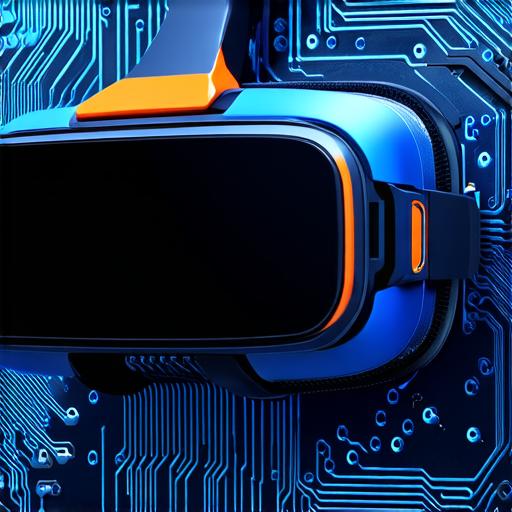
What are the responsibilities of a virtual reality developer?
Virtual reality (VR) technology is rapidly evolving, and the demand for skilled VR developers is increasing. As the world becomes more immersed in digital experiences, VR has emerged as a powerful tool for entertainment, education, training, and healthcare.
Responsibilities of Virtual Reality Developers
Virtual reality developers are responsible for designing, creating, and testing immersive digital environments that transport users into new worlds. They work with a variety of tools and technologies, including 3D modeling software, game engines, and VR development platforms. Their work involves the following tasks:
- Conceptualization: Virtual reality developers need to have a strong understanding of user needs and be able to translate those requirements into compelling virtual environments. They also need to stay up-to-date with the latest trends in VR technology and design.
- 3D Modeling: Developers must create detailed 3D models that accurately represent physical objects and environments, such as buildings, vehicles, and landscapes. They use specialized software to texture, light, and rig these models, making them interactive and lifelike.
- Programming: Virtual reality developers must be proficient in coding languages like C++, C, and Java. They write code to create interactive objects, control user movement, and integrate audio and visual effects into the VR environment.
- Testing: Developers must test their creations rigorously to ensure they function properly and provide a seamless user experience. This includes testing for bugs, performance issues, and compatibility with different VR devices and platforms.
- Collaboration: Virtual reality developers often work in teams with designers, artists, and other developers to bring their vision to life. They need strong communication skills to collaborate effectively and manage project timelines.

The Importance of User Experience
Virtual reality developers must prioritize user experience (UX) to create immersive and engaging digital environments. The success of a VR application depends on how well it can transport users into another world and make them feel like they are truly present in that environment.
To achieve this, developers must consider factors such as:
- Realism: The more realistic the virtual environment, the more immersive it will be. Developers must pay attention to detail and ensure that objects and environments are accurately represented.
- Interactivity: Users should be able to interact with objects in the virtual world in a meaningful way. Developers must design intuitive controls and feedback mechanisms that allow users to feel like they have agency within the environment.
- Storytelling: Virtual reality can be an incredibly powerful storytelling medium, but developers must know how to use it effectively. They must create compelling narratives that draw users into the virtual world and make them care about what happens there.
- Accessibility: Virtual reality technology is still relatively new, and not everyone has access to the latest devices or platforms. Developers must consider accessibility and ensure that their creations can be experienced by as many people as possible.
Case Studies in Virtual Reality Development
To illustrate the responsibilities of virtual reality developers and the importance of user experience, let’s look at some real-life examples:
- Oculus Rift: Facebook’s VR platform has been a game-changer in the industry, with millions of users enjoying immersive gaming experiences and exploring new worlds. Developers must be proficient in Unity, one of the most popular game engines for VR development, and have a deep understanding of user experience design principles to create compelling applications for the Oculus Rift.
- Google Expeditions: This educational VR app allows users to explore museums, art galleries, and other cultural institutions from anywhere in the world.


